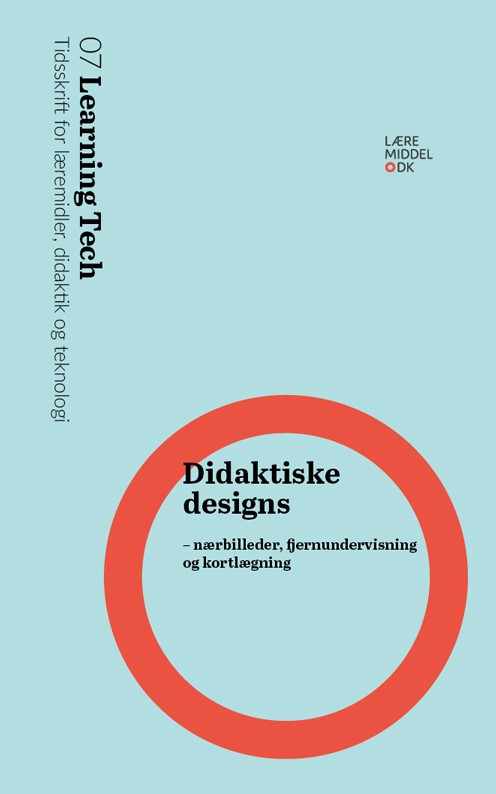Literary proficiency in a conversation about the short story "The Well" by Roy Jacobsen
Formative assessment of a literaryc circle with students in 10. grade
DOI:
https://doi.org/10.7146/lt.v5i7.114856Abstract
The purpose of the article is to investigate what kind of literary proficiency is expressed in a student-led literary circle about a demanding short story, and to investigate what kind of growth points the conversation contains. The article will also discuss how observed proficiency and growth points can be communicated in formative assessment. The background for the article is, among other things, a desire to better understand the substance of the literary proficiency of a specific student who often showed great proficiency in literary circles, and to develop more precise formative assessment for further growth. The empirical basis of the article is an analysis of sound recordings of the group's conversation about the text and of a conversation in which the group considers its own literary circle. The theoretical basis consists of transaction theory, theory of literary circles and exploratory dialogue, and theory that discusses the concepts of literary competence and literary proficiency. The key findings of the analysis, based on presented and discussed analysis categories, are that the group demonstrates great perseverance and an intellectual desire to understand better, and that the conversation contains significant elements of exploratory dialogue, driven, in particular, by the literary proficiency of one student. Growth points are described by terms such as follow-up and dwelling, while in a formative assessment it is important to make the pupils aware of the extent and importance of their own literary proficiency.
Downloads
Published
How to Cite
Issue
Section
License
Forfatterne og Læremiddel.dk.
Må ikke bruges kommercielt.


